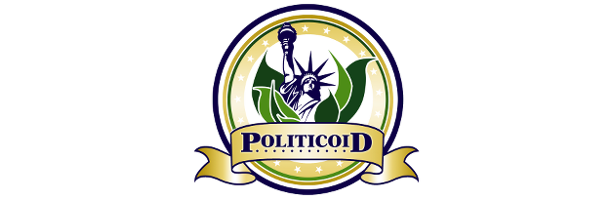While the evidence surrounding the impact minimum wage increases has on employment is mixed, we can look at its impact on employment dynamics and real wages.
Introduction
The debate over how minimum wage hikes impact the economy isn’t going to end any time soon. Those who support such hikes will point to the lack of evidence supporting the claim that they hurt employment. Indeed, the studies do show very mixed results. However, this may be due to the idea that it takes time for employment dynamics to have a visible impact on raw employment statistics. Meer and West 2013 also suggest that, while decreasing minimum wage reduces demand for labor, it also motivates people to seek jobs, thus creating a surplus in the market and allowing employers to find better candidates. This explains part of the ambiguity when it comes to employment rates.
Because of this ambiguity, it may be better to look at employment dynamics and see how minimum wage hikes impact them. Employment dynamics include multiple factors such as the rate of hiring and firing and the rate at which existing employees receive pay increases. The latter is generally not addressed as much when looking at minimum wage impacts, but the results are important. This second factor is one of two components of shifts in real wages caused by minimum wage hikes.

